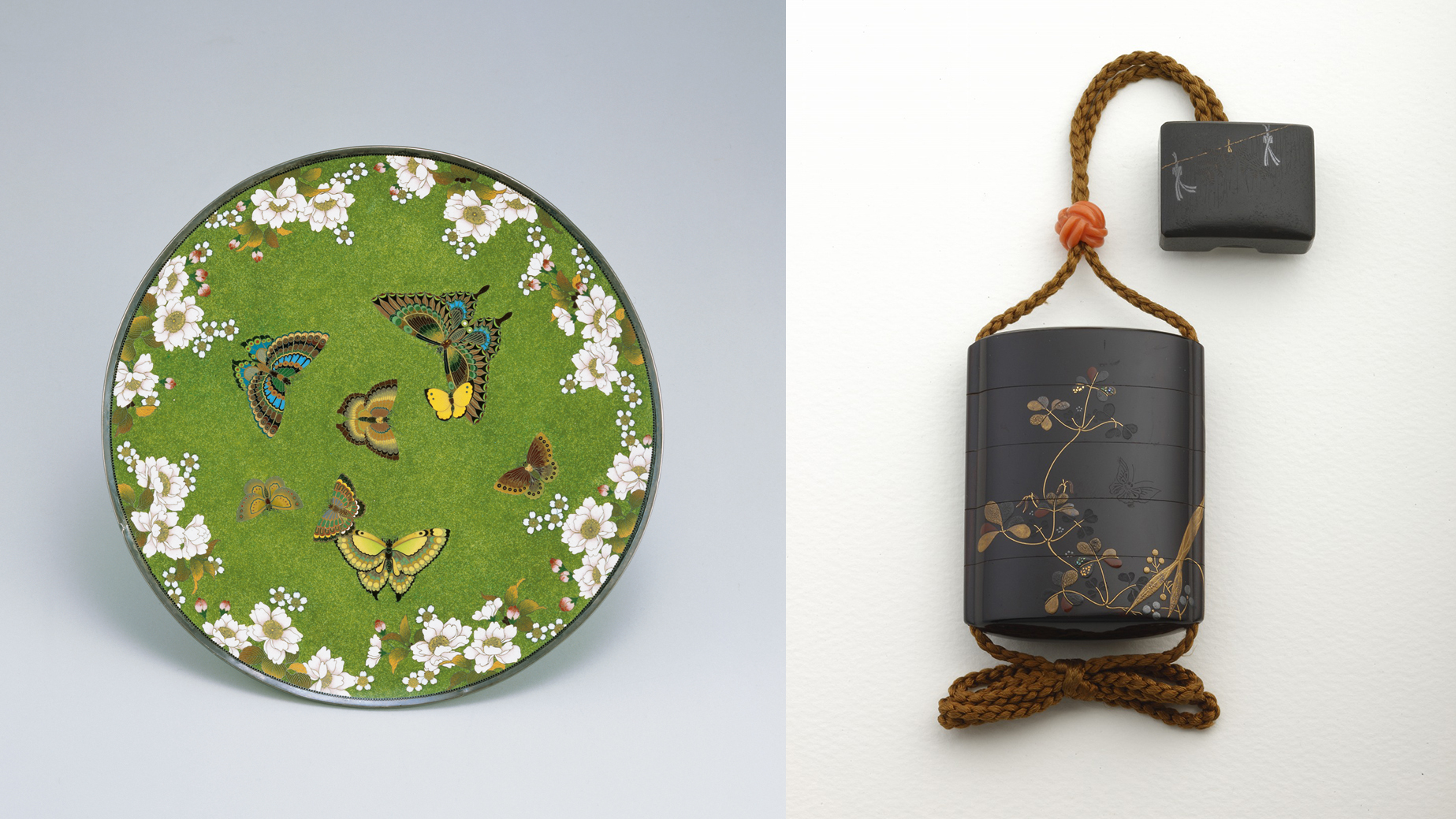When Japan ended its isolation in the mid-to-late-19th-century and became part of the global economy, it had lots of disadvantages compared to the other major powers. But one distinct advantage that its isolation had preserved was its craft industries and the skills of its craftsmen.
The other major powers, by industrializing earlier, had lost many of their craft industries, so the skilled hand-made products of Japan — including metalwork, lacquerware, ivory carvings and silk embroidery — had an appeal that extended far beyond mere exoticism. Known collectively in Japan as kogei, these craft arts continue today, with the best craftspeople designated as Living National Treasures.
The latest exhibition at the Mitsui Memorial Museum, "Kogei: Superlative Craftsmanship from the Meiji Period," focuses on the initial impact these crafts had as the West got to know Japan through the skill of its artisans.



